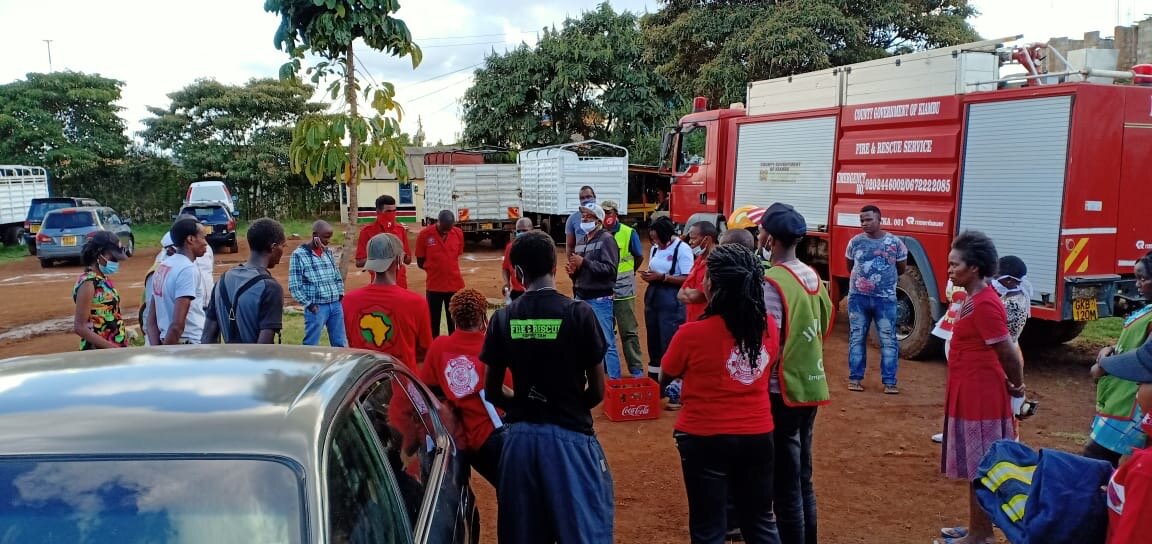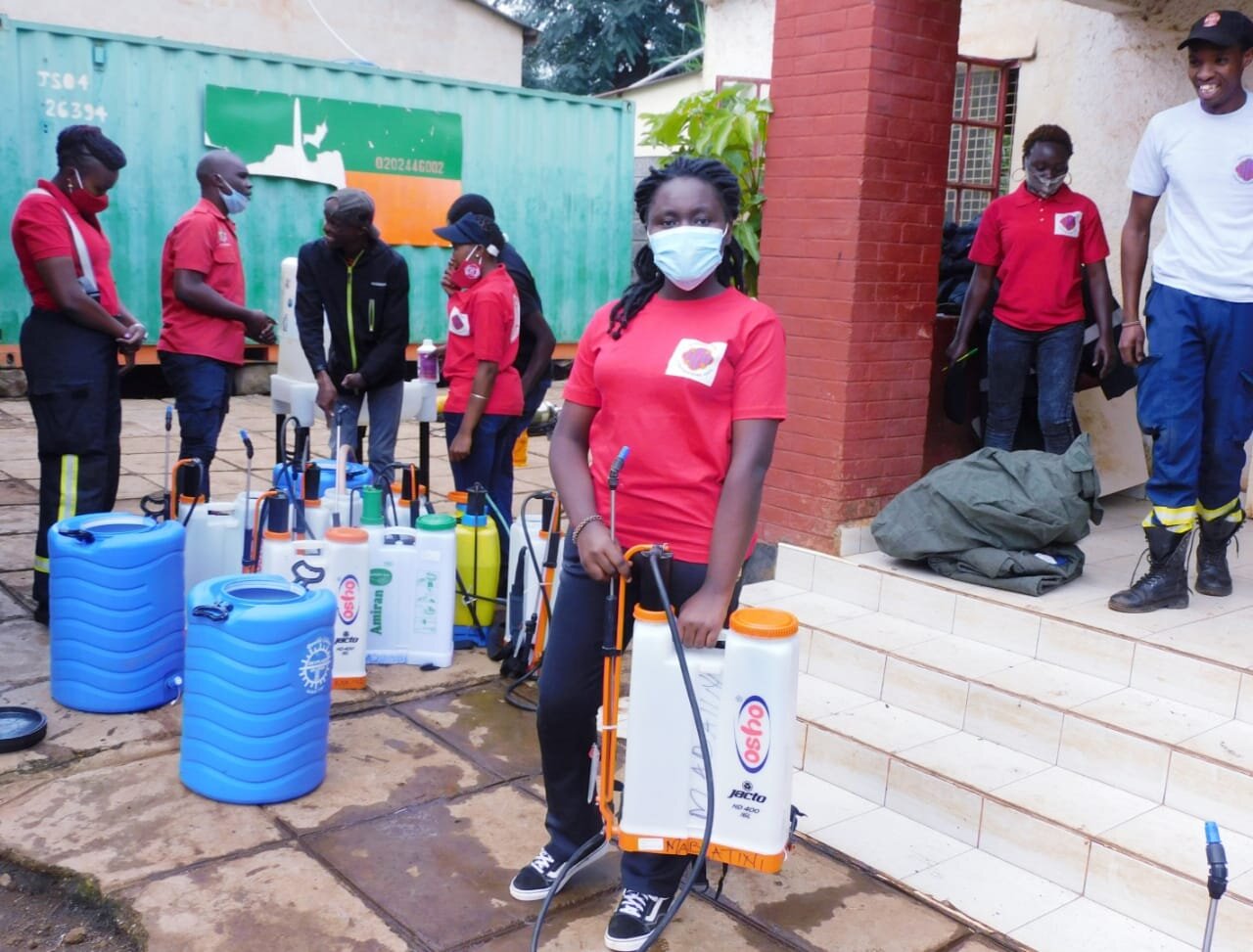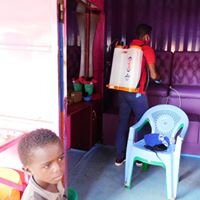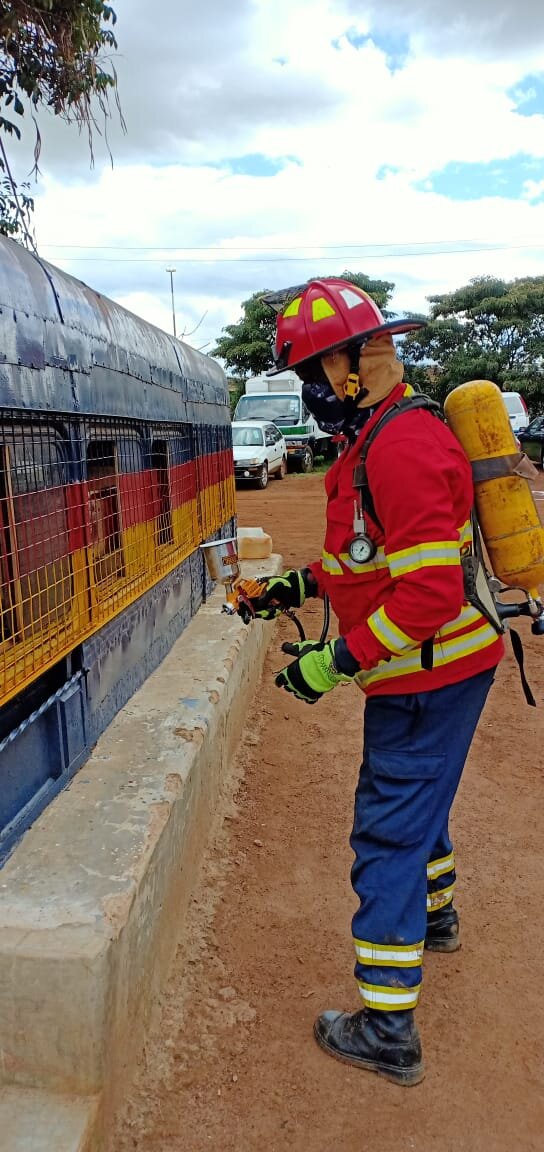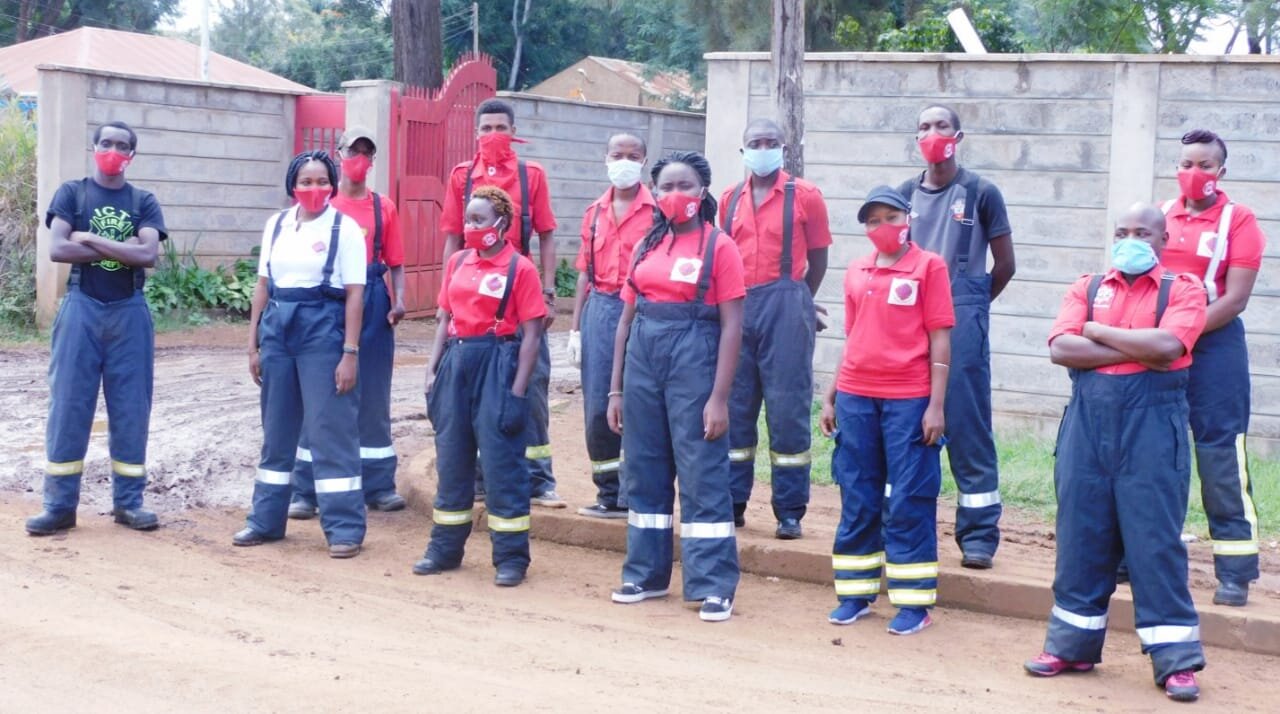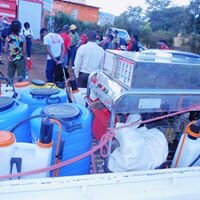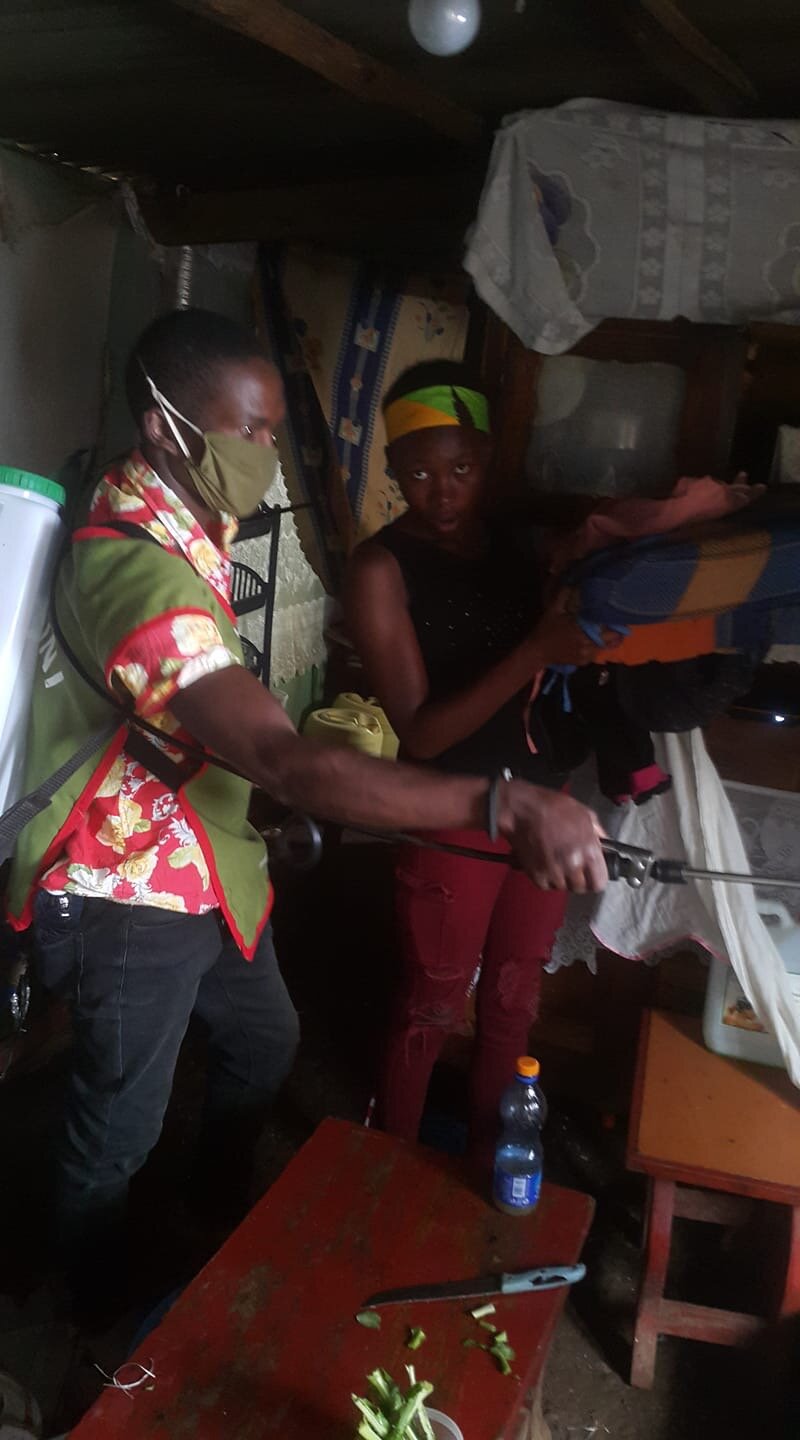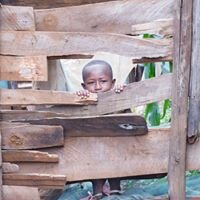Firefighters in many parts of Africa are disrespected by their communities. Community members don’t understand them and will often throw stones at the firefighters when they arrive on fire and rescue scenes. Firefighters are frequently injured and equipment severely damaged. Yet firefighters continue to respond to serve their communities. In Kenya, firefighters have been working hard to educate their communities about how to prevent fires and how to respond to fires (things like knowing to call the fire brigade and knowing the number to call).
In the midst of the global COVID-19 pandemic a group of career and volunteer firefighters decided to celebrate International Firefighters Day (May 4th) by reaching out to a slum community - their goal was to build relationships between the firefighters and the community.
On May 9, 2020, a group of 18 firefighters and 12 community volunteers (from Jiamini Self Help group) collaborated with the Kiambu Fire Brigade in Thika to fumigate the Kiandutu slums with COVID eradication solution and spray bedbug eradication solution in homes. The firefighters and volunteers reached 15,000 people and were able to share life saving fire safety information!
This event was fully supported by the firefighters - the firefighters contributed their own time, talents and finances to the event. As others saw their commitment, the Kiambu County Government and other people and organizations got involved too. Firefighters across Kenya those employed and volunteering, contributed money to purchase bedbug killer. The Kiambu Public Health department provided COVID-19 fumigation solution that cleans the streets and the Kiambu Public Works who offered mist generator, fire truck and a utility pickup to transport the tools of trade to the activity area. Missions of Hope International provided supplies for the event as well.
This activity may be the first of many in this area as the community is excited to learn more about the fire service after these acts of kindness. It is a great example of community driven development and how AFM’s CHE model can be put into action by the fire service. Much can be done with little to improve the fire service in Africa and the communities around them. What can you do to improve your own community?


